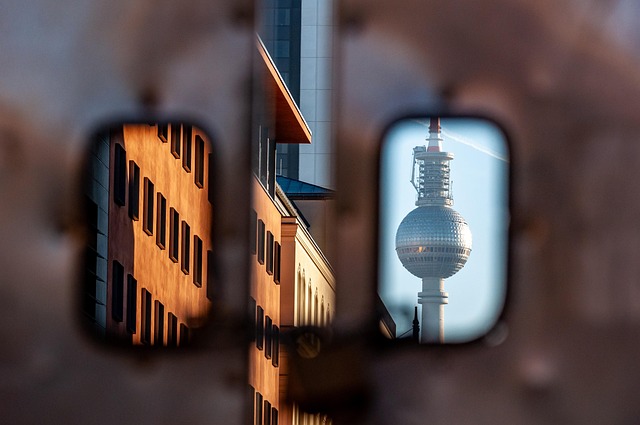Immersive TV: Exploring the Impact of Visual Effects on the Small Screen
In an age where storytelling knows no bounds, visual effects have revolutionized how we experience television. Gone are the days of simple sets and standard camera angles; today’s shows transport us into intricate worlds filled with stunning visuals and breathtaking spectacles. The impact of visual effects on the small screen is profound, enhancing narratives and immersing audiences in ways we could only dream of.
The Evolution of Visual Effects in Television
Once confined to big-budget movies, visual effects have seamlessly transitioned into the realm of television, creating a new standard for what audiences expect. Series such as Game of Thrones and The Mandalorian have showcased the power of high-quality VFX, proving that compelling stories can thrive on the small screen when paired with stunning visuals. From mythical creatures to dystopian landscapes, visual effects allow storytellers to expand their creative horizons and transport viewers far beyond the confines of reality.
Connecting Emotionally Through Stunning Visuals
Visual effects not only enhance the aesthetic of a show but also serve to deepen emotional connections between the audience and the narrative. Think back to the heart-wrenching scenes in Stranger Things, where otherworldly elements are expertly woven into the fabric of personal stories. The VFX team meticulously crafts these visual narratives, allowing viewers to feel immersed in the emotions of the characters. Whether it’s the thrill of a chase or the despair of a heartbreak, visual effects amplify these moments, making them unforgettable.
The Technology Behind the Magic
Behind the cinematic grandeur lies a team of dedicated professionals utilizing cutting-edge technology to bring visions to life. From CGI (computer-generated imagery) to practical effects, advances in technology mean that even smaller productions can achieve that ‘wow’ factor without a blockbuster budget. With tools becoming more accessible, emerging creators find new ways to tell their stories, often resulting in unique visual experiences that resonate with a wide audience.
Challenges and Ethical Considerations
However, the rise of visual effects in television does not come without its challenges. The pressure to deliver eye-catching content can lead to oversaturation, where spectacle overshadows storytelling. Furthermore, as technology becomes increasingly sophisticated, ethical questions arise about the manipulation of reality. The line between what is real and what is created blurs, prompting viewers to question their perceptions and experiences of the narratives presented to them.
The Future of Visual Effects in Television
Looking ahead, the future of visual effects in television is both exciting and unpredictable. With innovations in virtual reality, augmented reality, and other immersive technologies, we may soon find ourselves as active participants in our favorite shows. The boundaries separating viewers from the narrative are continuously eroding, promising an era where visual effects will redefine how we connect with stories.
As we explore this captivating landscape of immersive television, it’s essential to appreciate the artistry and hard work behind the visual effects that captivate our screens. These transformative tools have expanded how we interact with narratives, making every episode a new adventure waiting to unfold. So, the next time you binge-watch your favorite series, take a moment to appreciate the visual effects that enrich the stories you love.




